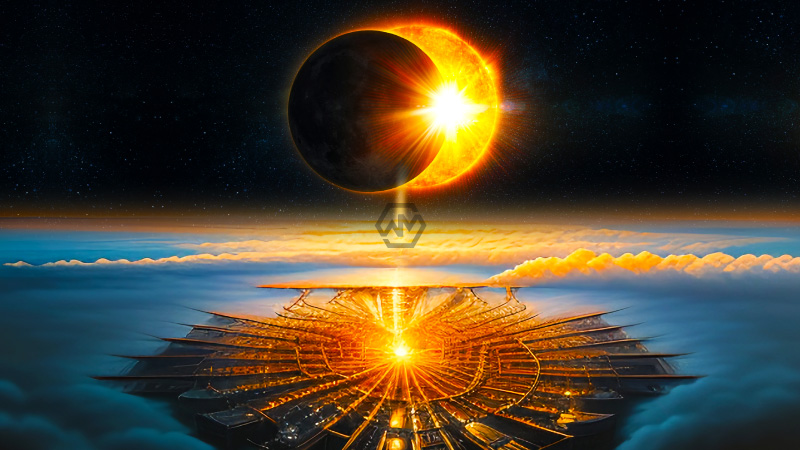- October 14, 2023, will see the solar eclipse of 2023.
- It is expected to last around six hours, beginning at 8:34 p.m. and ending at 2:25 a.m.
- Skywatchers can view the October 14 annular solar eclipse for free online on NASA‘s YouTube channel.
An important astronomical and astrological event is a solar eclipse or Surya Grahan. It happens when the moon passes in front of Earth, briefly obstructing daylight and encircling the moon’s edge in a ring of sunshine that nearly completely covers the sun. October 14, 2023, will see the solar eclipse of 2023. The lunar eclipse of October 28, 2023, is scheduled to occur.
India cannot see the Surya Grahan, but it will be visible in many other nations, such as the United States, Canada, the British Virgin Islands, Argentina, Colombia, Cuba, Barbados, Mexico, Peru, Uruguay, Brazil, Antigua, Venezuela, Haiti, Jamaica, Paraguay, and Dominica. In the USA, visibility lasts from 9:13 a.m. until 12:03 p.m.
Solar Eclipse 2023
Because of the moon’s larger-than-usual distance from Earth, which makes it appear smaller than the sun, the phrase “ring of fire” is associated with Surya Grahan.
This occurrence is consistent with the Sarva Pitru Amavasya doctrine, which holds that individuals are inevitably influenced by eclipses. However, a Surya Grahan occurrence is not regarded as auspicious from a religious perspective.
In India, Sutak time is observed nine hours before the lunar eclipse and twelve hours before the sun eclipse in 2023. It forbids the performance of some religious rites, including making contact with idols of deities.
A second solar eclipse is scheduled for October 14, 2023. It is expected to last around six hours, beginning at 8:34 p.m. and ending at 2:25 a.m.
Seeing the Grahan directly with the unaided eye is not advised as it may cause eye strain. During a total solar eclipse, it is not appropriate to use telescopes, binoculars, cameras, or other optical tools. Use appropriate eye protection if you want to view the eclipse safely.
Though it won’t be visible from India, skywatchers can view the October 14 annular solar eclipse for free online at timeanddate.com and on NASA’s YouTube channel.
At its furthest point from Earth, the Moon passes between the Sun and Earth during an annular solar eclipse, appearing smaller than the Sun and enveloping it in a ring-like structure. When there is an annular solar eclipse, it is never safe to look directly at the sun without wearing protective eyewear.



